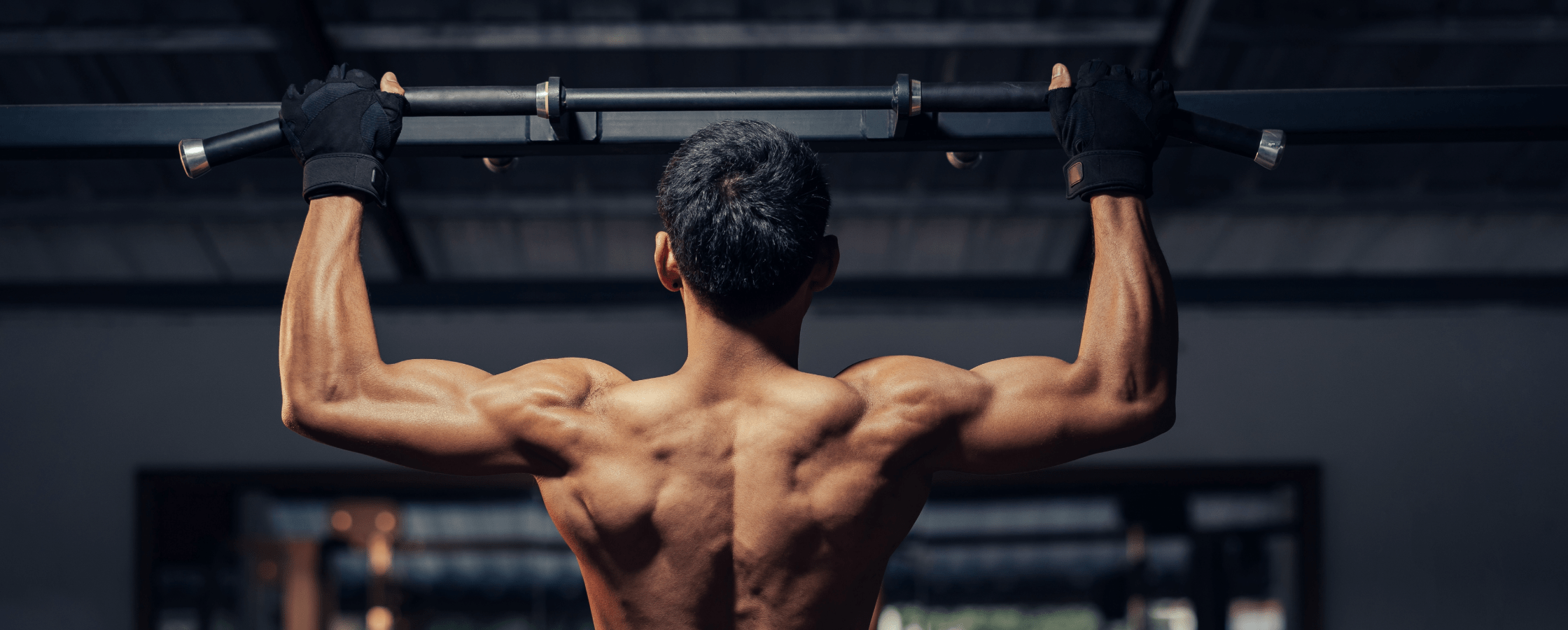The fitness world offers a multitude of exercise options, from gym machines to free weights. Yet, one category of workouts stands out for its accessibility, effectiveness, and versatility: bodyweight exercises. In this comprehensive guide, we’ll explore the benefits of bodyweight exercises, the science behind them, and how to create an effective bodyweight workout routine.
What Are Bodyweight Exercises?
Definition: Bodyweight exercises are workouts that use the body’s weight as resistance. They require little to no equipment, making them ideal for those without access to a gym.
Variety: Bodyweight exercises encompass a wide range of movements, including squats, push-ups, planks, lunges, and more.
Benefits of Bodyweight Exercises
No Equipment Necessary: You can perform bodyweight exercises anywhere, making them perfect for home workouts or while traveling.
Cost-Effective: No need to invest in expensive gym equipment or memberships.
Improved Functional Fitness: Bodyweight exercises mimic real-life movements, enhancing your functional strength and mobility.
Whole-Body Workouts: Many bodyweight exercises engage multiple muscle groups simultaneously, promoting overall fitness.
Adaptable: You can adjust the intensity by modifying the exercises or increasing repetitions.
The Science Behind Bodyweight Exercises
Muscle Activation: Bodyweight exercises recruit various muscles for stability and control, promoting balanced muscle development.
Caloric Burn: These workouts elevate heart rate and burn calories, supporting weight management and cardiovascular health.
Neuromuscular Coordination: Bodyweight exercises enhance neuromuscular coordination, improving overall movement efficiency.

Creating an Effective Bodyweight Workout Routine
Warm-Up: Always start with a warm-up to prepare your body for exercise. Include dynamic movements and light stretching.
Exercise Selection: Choose a variety of bodyweight exercises that target different muscle groups.
Repetition and Sets: Determine the number of repetitions and sets for each exercise. Beginners may start with 2-3 sets of 10-15 reps per exercise.
Rest Periods: Allow 30-60 seconds of rest between sets and exercises to recover.
Progression: As you get stronger, increase the number of repetitions or add more challenging variations.
Sample Bodyweight Exercises
Push-Ups: A classic upper body exercise that works the chest, shoulders, and triceps.
Squats: Target the lower body, including the quadriceps, hamstrings, and glutes.
Planks: Strengthen the core and improve stability.
Lunges: Focus on the legs and glutes while enhancing balance and coordination.
Burpees: A full-body exercise that combines strength and cardiovascular elements.

Safety and Precautions
Proper Form: Maintain good form to avoid injury. Focus on the quality of movement rather than quantity.
Listen to Your Body: If an exercise causes pain or discomfort beyond regular muscle fatigue, stop immediately.
Consult a Professional: If you have underlying health concerns or are new to exercise, consult a fitness professional or healthcare provider.
Conclusion
Bodyweight exercises are a remarkable fitness solution accessible to everyone, from beginners to advanced fitness enthusiasts. Their versatility, effectiveness, and cost-effectiveness make them a powerful tool for improving strength, mobility, and overall fitness. By understanding the science behind bodyweight exercises and creating a personalized routine, you can harness the power of your own body to achieve your fitness goals and maintain a healthy, active lifestyle.








